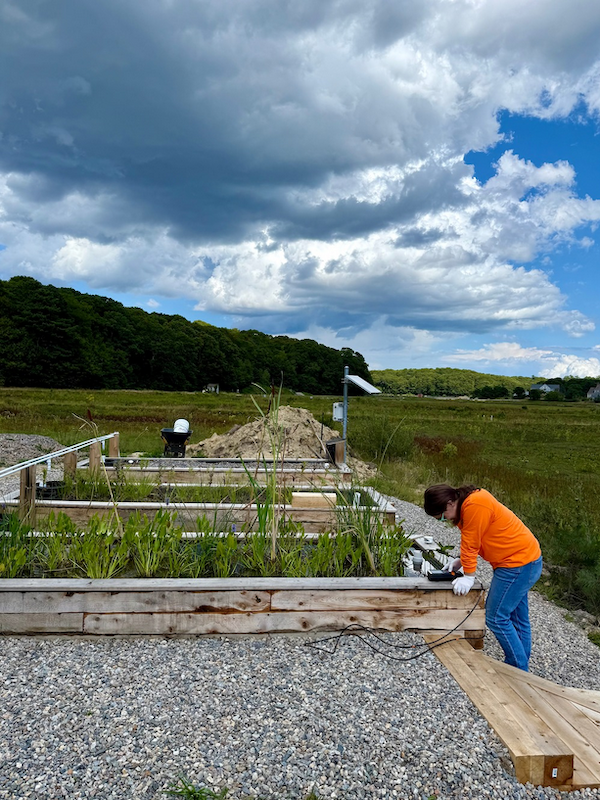
The Barnstable Clean Water Coalition is working to restore 55 acres of cranberry bogs to natural freshwater wetlands. This restoration would entail filling drainage ditches, grading the bog surface, removing water control structures, reconstructing stream channels, loosening the sand layer, and moving sediment. The goals of this restoration project include:
-Public recreation and education opportunities
-Attenuate nitrogen and reduce the nitrogen flow downriver
-Improve water quality in the Three Bays Estuary
-Habitat restoration
The BCWC site reads: “This makes sense when we examine the results of our monitoring. Approximately 40% of the watershed’s excess nitrogen load flows through the bogs and into the Marstons Mills River. Our new understanding is that the bogs could play a vital role in reducing this same nitrogen load in our watershed. We are working closely with the farmers to examine a series of pilot programs that would allow for significant nitrogen attenuation to occur without negatively impacting their farming of the bogs. Wood chip-based bioreactors are just one of the half dozen pilot projects we are planning to install and test in these bogs.”
Why do this work?
The headwaters of the Marstons Mills River contain approximately 150 acres of cranberry bogs. The Barnstable Clean Water Coalition has been collecting water quality data at the bogs that shows more than 8,000 kgs of nitrogen flows out from them into the Three Bays Watershed each year. The bogs contain wetlands and on old maps, the entire site was marked “ponds and wetlands”. This is a collection area for the groundwater from much of the surrounding residential developments. Interestingly, the farmers tell us that while they used to apply fertilizer, little is now needed since the crop do well without needing additional nitrogen fertilizer.
Learn more about the project and the sampling MASSTC is doing here on the Barnstable Clean Water Coalition website.
